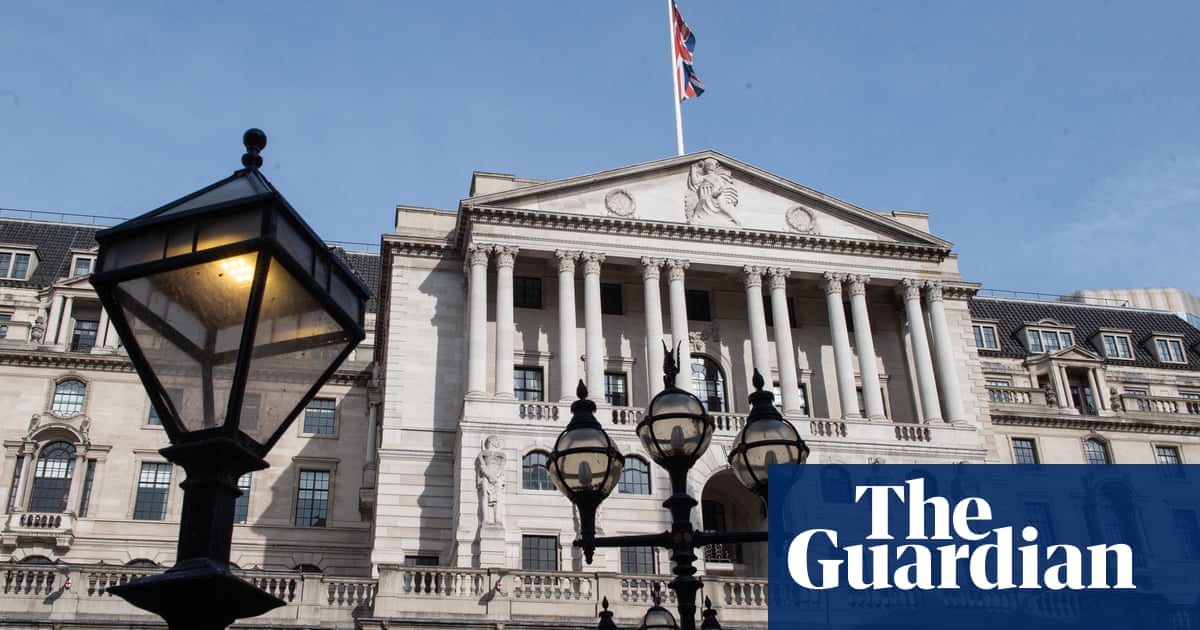
Tradition, history, stability. I know from my visits around the country that these are the words many people associate with the Bank of England. It is true that the Bank’s heritage plays an important part in its success. It is equally true, though, that the best organisations constantly challenge themselves to do better, to evolve and to adapt. The Bank of England – as an institution dedicated to public service – must ask itself whether it is drawing fully on the talent in our society.
To make the best decisions we can, for the good of the British public, we need our workplace to be an environment where everyone feels welcome, and within which everyone can thrive. Where we are not achieving this, we have to act and be our own toughest critic.
We also want to lead by example in the wider financial services and business environment. I was struck by a statistic in a recent report from Henley Business School: only 18%, or less than a fifth, of employees claim their organisations have openly acknowledged racial inequity. This is a widespread issue, which is why we have been clear with our regulated firms that we expect focus and progression on diversity and inclusion.
We are well aware of just how damaging it can be for organisations to be made up solely of people from similar backgrounds who think in the same way: the dearth of diversity and inclusion in financial services contributed to the unchallenged, dangerous decision-making that helped drive the financial crisis of 2008.
After last year’s horrific murder of George Floyd, I had a series of wide-ranging and, quite frankly, humbling conversations with my minority ethnic colleagues at the Bank. I want to thank all of those who were so open and honest with me about their experiences. It was apparent that, despite the substantial efforts by the organisation over the past decade or so, we were making insufficient progress on diversity and inclusion, particularly in the area of ethnicity. And it is against that backdrop that I – alongside the other governors and court (our governing board) – commissioned a review into ethnic diversity and inclusion, which we have published today.
The review found that, despite our efforts to enhance diversity and inclusion at the Bank, there are still material disparities between the collective lived experiences, career opportunities and outcomes of minority ethnic colleagues and their white counterparts. The aim of the review is to help all of us, including me, get a better understanding of where we are today, and to understand what we need to do to meet our ambition of tomorrow. That ambition is to create a truly diverse and inclusive Bank where all colleagues – irrespective of any personal characteristic – can meet their full potential. It is no exaggeration to say that, as for all organisations, such an ambition is mission-critical.
As a first step we have made diversity and inclusion one of our core strategic priorities for the coming years. This means increased focus, effort and energy from me, my senior team and Bank colleagues more broadly. We have also agreed new and stretching targets to increase representation – including at our most senior levels. And by putting our work and our analysis into the public domain, we hope to make a wider contribution to the public debate on this hugely important issue.
We are also making progress on examining our history and ensuring the Bank is a physical space that every colleague and visitor can feel comfortable in. Artwork depicting former governors and directors, where we have been able to establish links to the slave trade, has been removed from display. We will think about how we use these, with the proper context, in our museum in future.
My colleagues at the Bank come together as individuals with great talents, to pursue our duty to the public of this country. I want to ensure that how we do this is fair and just for all of them, underpinned by the strong principles and values of the institution.
Structural and cultural change will not happen overnight. And I dare say we will have the odd stumble along the way. My hope however is that, during my time as governor, the Bank will be increasingly seen not only as a national institution with rich heritage, but also one that has upped its game in order to embrace modernity, diversity and change.
Andrew Bailey is governor of the Bank of England












